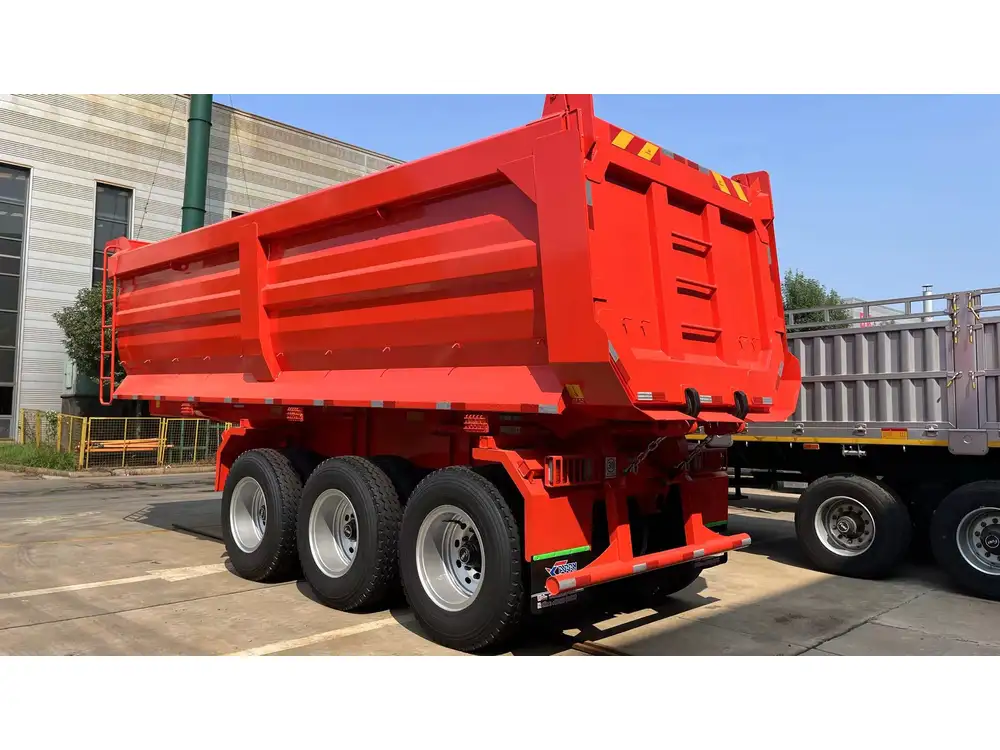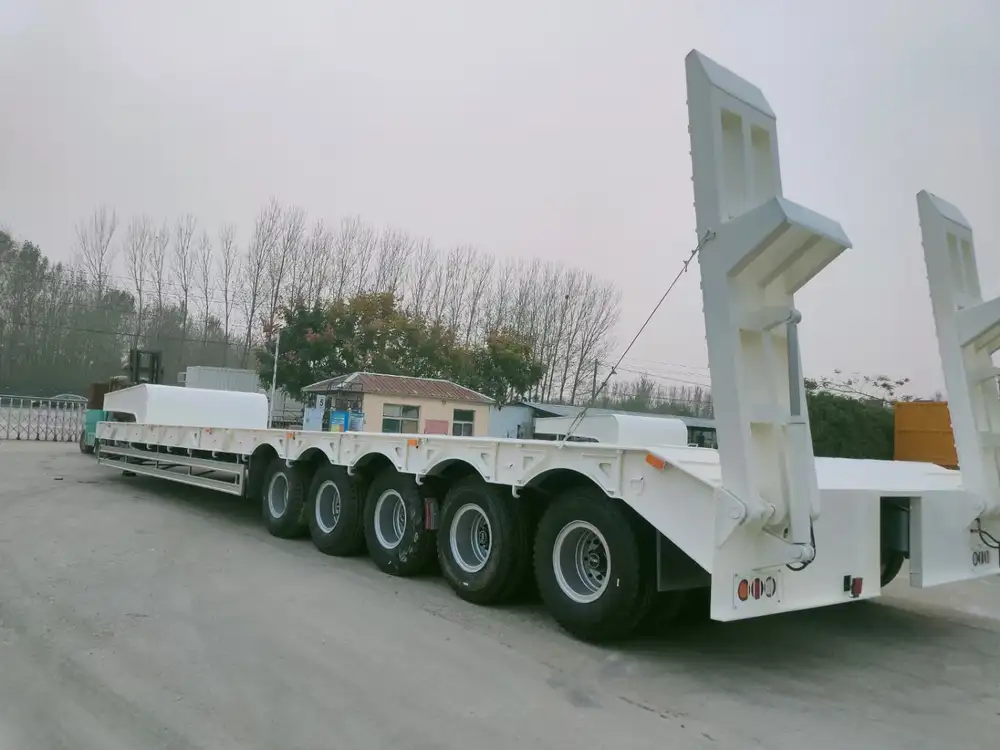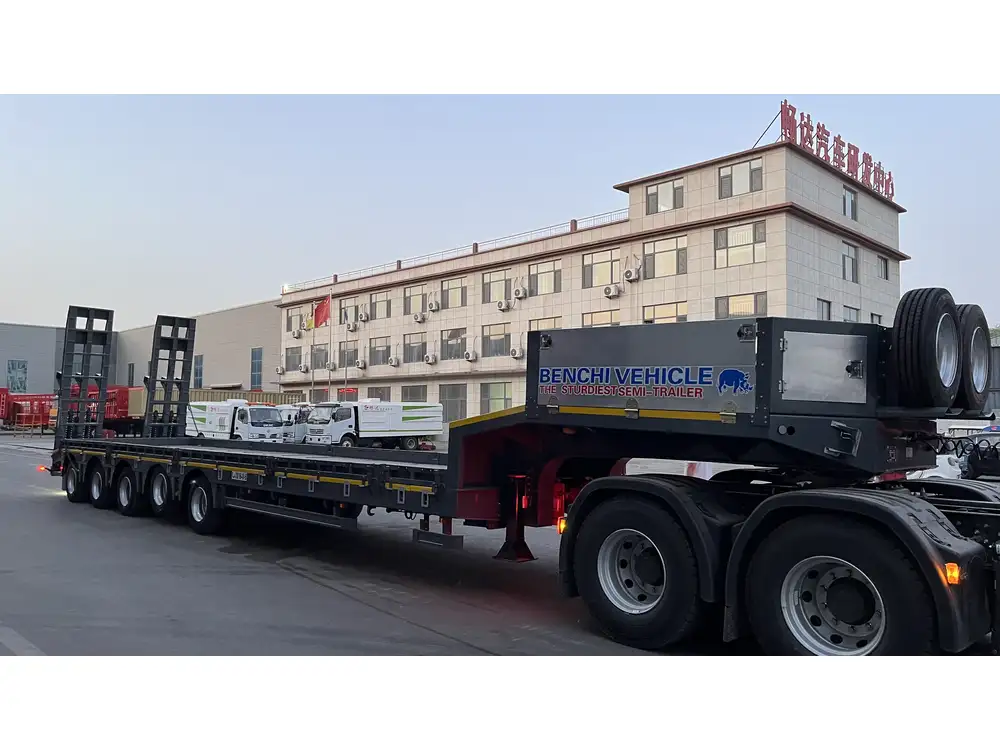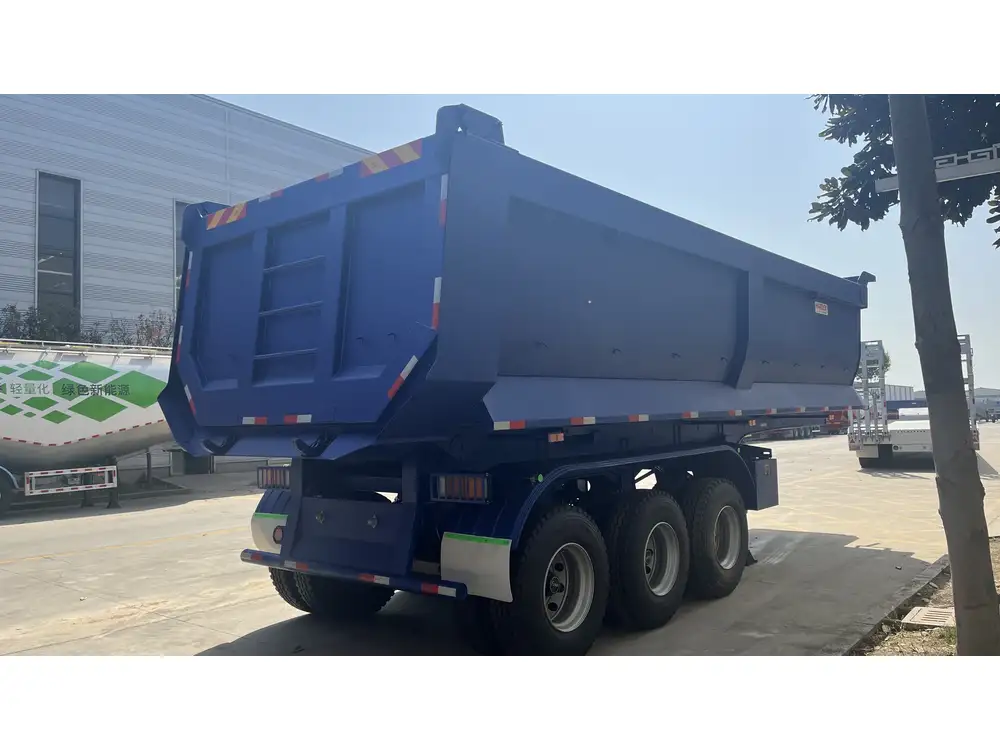Converting a boat trailer into a flatbed is not just a practical solution for additional utility; it embodies the spirit of versatility that many trailer owners seek. Whether you’re looking to haul equipment, furniture, or other items, a flatbed provides an expansive surface, making it an invaluable asset. In this guide, we will delve into the intricate steps and considerations necessary for a successful conversion, ensuring that your project meets safety standards and functional needs.
Why Convert Your Boat Trailer?
The reasons to convert a boat trailer to a flatbed vary widely among users. Here are a few common motivations:
| Reason | Explanation |
|---|---|
| Increased Versatility | A flatbed allows for the transport of various cargo types. |
| Cost-Effectiveness | Using existing equipment saves money compared to buying new. |
| Space Optimization | Frees up space in your garage by consolidating transport needs. |
| Customization Options | Offers opportunities to personalize the trailer for specific uses. |
Understanding Your Trailer’s Structure
Before embarking on the conversion process, an understanding of the existing structure of your boat trailer is critical.
- Trailer Frame: Most boat trailers consist of a metal frame designed to withstand the weight of a boat. This robust framework can be adapted to support flatbed operations.
- Axle Position: The axle’s position will influence how weight is distributed when converting to a flatbed.
- Wheel Clearance: Ensure that the edges of the flatbed do not obstruct the tires, which will impact handling and safety.

Tools and Materials Needed
To successfully carry out this conversion, you’ll need some essential tools and materials:
Tools
- Wrenches and Sockets: For loosening and tightening bolts.
- Cutting Tools: Either a reciprocating saw or angle grinder to modify the trailer.
- Drilling Machine: Necessary for creating new attachment points.
- Level: Ensures your flatbed is installed at the correct height.
- Safety Gear: Gloves, goggles, and possibly a hard hat to protect against debris.
Materials
- Wood or Steel Sheets: The primary surface for your flatbed. Choose materials that are robust and can withstand the expected load.
- Angle Iron or Steel Bars: These can reinforce the frame and provide added stability.
- Bolts and Washers: For securing the flatbed material to the trailer.
- Paint or Rust Treatment: Essential for protecting any exposed metal after cutting or modification.

Step-by-Step Guide to Converting Your Trailer
Step 1: Disassemble the Boat Cradle
Begin by removing any elements related to the boat support structure. This will generally involve:
- Unbolting brackets and supports that held the boat in place.
- Carefully disassembling sections that may obstruct the new flatbed design.
Step 2: Measure and Plan
Careful planning is vital. Measure the dimensions of your trailer and determine how large you want your flatbed to be.
- Flatbed Length: Consider the maximum item length you plan to haul.
- Flatbed Width: Ensure it’s within the axles’ width for stability.

Step 3: Cut Wooden or Steel Sheets
Depending on your material choice, cut the wooden boards or metal sheets to the desired flatbed size. If using wood, consider using plywood over treated lumber for reliability.
Step 4: Prepare the Trailer Frame
Clean the area where the new flatbed will sit. Remove any rust and debris to ensure a strong bond when bolting down the new material.
Step 5: Secure the Flatbed Material
Position your flatbed material on the trailer frame. Ensure that it’s level. Use bolts and washers to firmly secure the new flatbed to the trailer:
- Drill pilot holes through the flatbed material into the trailer frame.
- Secure each corner and the middle section to provide stability across the flatbed.

Step 6: Reinforce for Durability
To ensure longevity and durability, reinforce the flatbed:
- Install Side Rails: Adding side rails will help prevent items from sliding off the edges, enhancing safety during transport.
- Bracing Between Frames: Depending on the load you expect to carry, add diagonal braces for added support.
Step 7: Paint and Protect
Once the flatbed structure is complete, apply a protective coating:
- Rust Inhibitor: For any exposed metal after cutting, paint with a rust inhibitor.
- Sealant for Wood: If using wood, consider applying a waterproof sealant for enhanced durability against weather conditions.
Safety Considerations for Your Converted Flatbed

Weight Distribution
Pay attention to the load you carry. Improper weight distribution can damage your trailer or cause accidents. Follow these guidelines:
- Distribute Weight Evenly: Load heavier items centrally to promote balance.
- Secure Loads: Use straps or nets to prevent items from moving during transport.
Regular Maintenance
After conversion, perform regular checks and maintenance on your flatbed trailer:
- Check for cracks in the frame or flatbed materials.
- Tighten any loose bolts and ensure the tires are inflated properly to standard levels.
Conversion Cost Breakdown
Understanding the costs involved can help you evaluate the feasibility of your trailer conversion. Below is a simplistic budget table:
| Material/Tool | Estimated Cost |
|---|---|
| Wooden Sheets (Plywood) | $50 – $100 |
| Steel Sheets | $100 – $200 |
| Bolts and Washers | $15 – $30 |
| Paint/Rust Treatment | $20 – $50 |
| Tools (if not owned) | $50 – $300 |
| Total Estimated Cost | $235 – $680 |

Common Issues and Solutions
While converting a boat trailer to a flatbed, several challenges may arise. Here are common concerns and their solutions:
Alignment Issues: If the flatbed is not aligned correctly, check the dimensions and adjust by repositioning before finalizing the installation.
Rust Formation: Regularly inspect for rusty areas on metal components. Immediate treatment prevents extensive erosion and prolongs durability.
Excessive Bounce: If you experience bouncing during transport, it might be indicative of improper weight distribution. Reassess and rearrange load placement.
FAQs About Trailer Conversion
How Much Weight Can My Converted Trailer Handle?
The weight capacity largely depends on the original trailer specifications. Always refer to the manufacturer’s guidelines before loading.

Is It Legal to Convert My Trailer?
Local laws can vary. Consult with your regional Department of Transportation (DOT) or a local authority to ensure adherence to all regulations and safety standards.
Can I Use My Converted Flatbed for Heavy Equipment?
Weight ratings must be respected. For heavy items, it’s most advisable to consult the original trailer’s specifications or an expert before proceeding.
Are There Insurance Implications?
Modifying a trailer may affect existing insurance policies. Speak with your insurance provider to discuss updates or requirements for coverage.

Conclusion
Transforming your boat trailer into a flatbed offers both flexibility and practicality, enabling you to transport various loads with ease. Following a careful planning process, utilizing the right materials, and adhering to safety protocols can ensure a successful conversion. Armed with this knowledge, you are now prepared to undertake your project, paving the way towards greater utility and efficiency.



